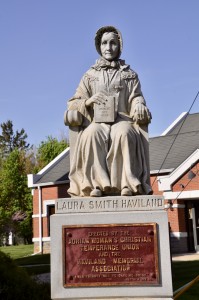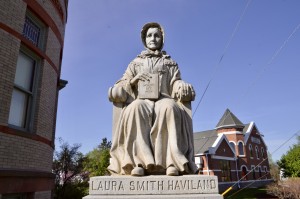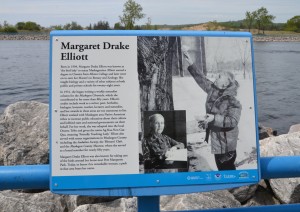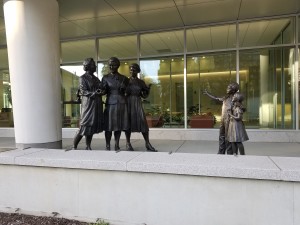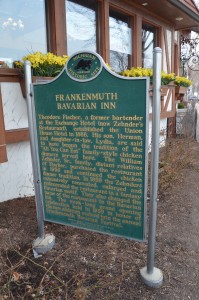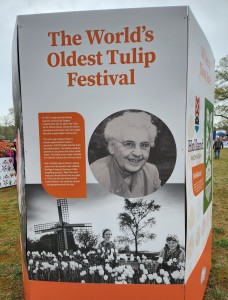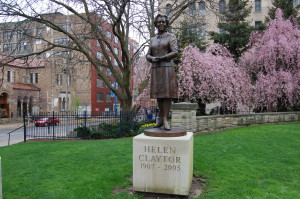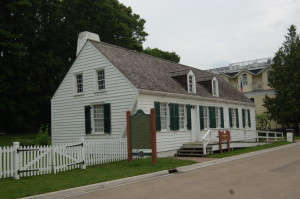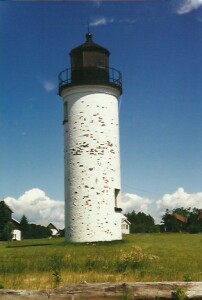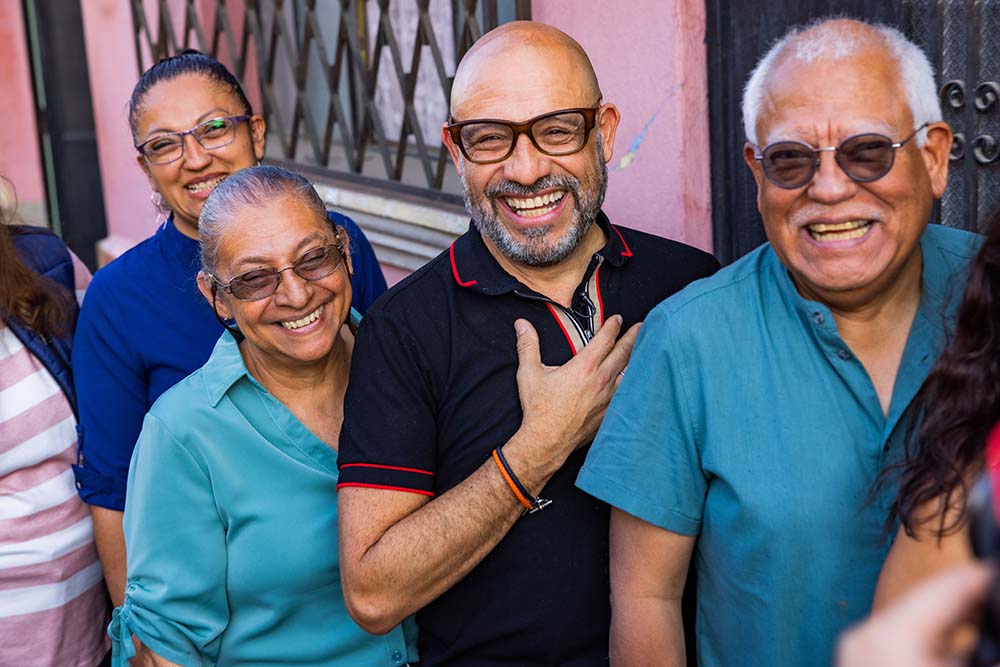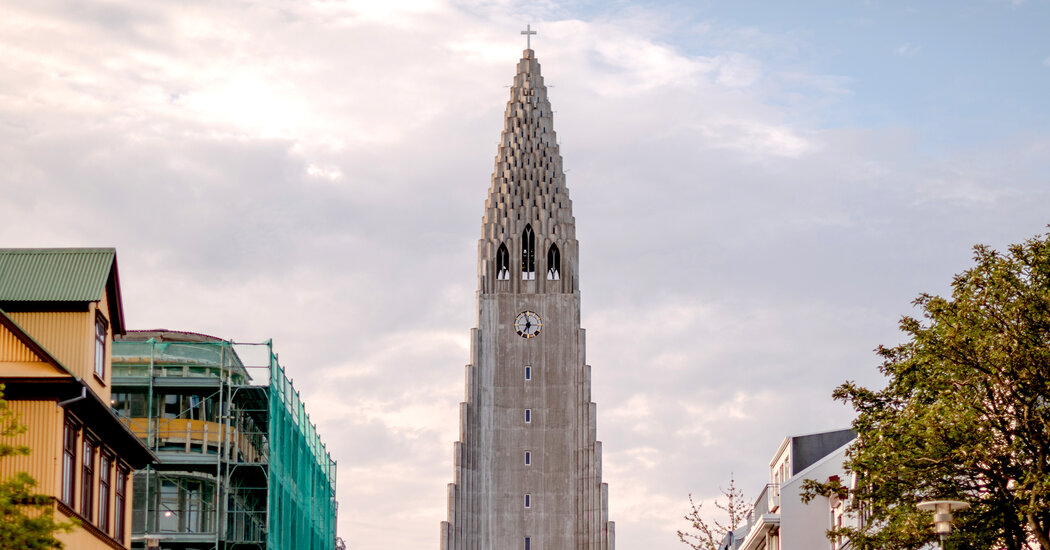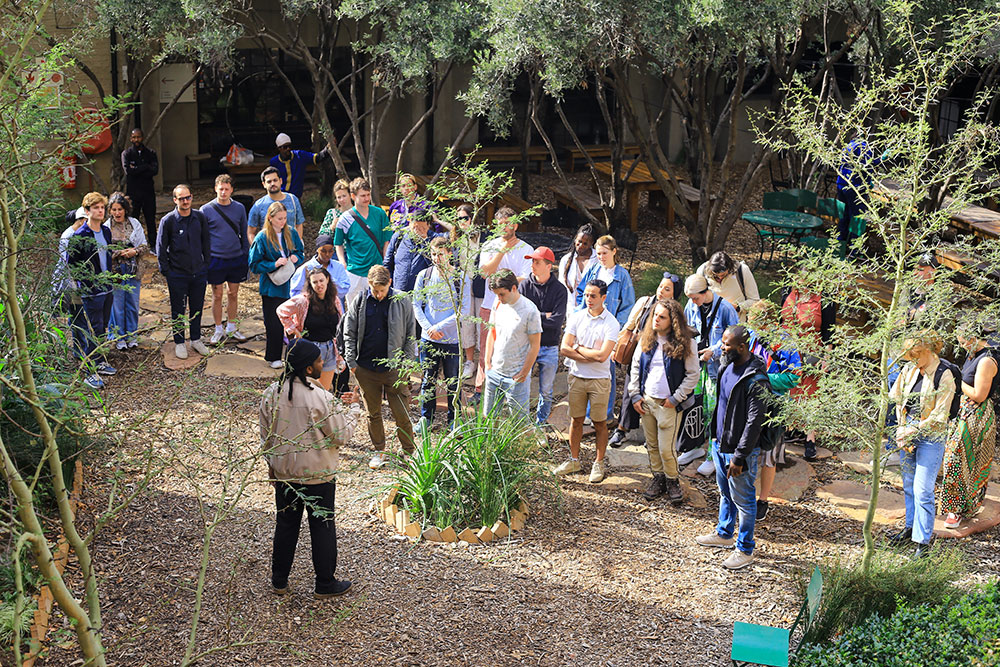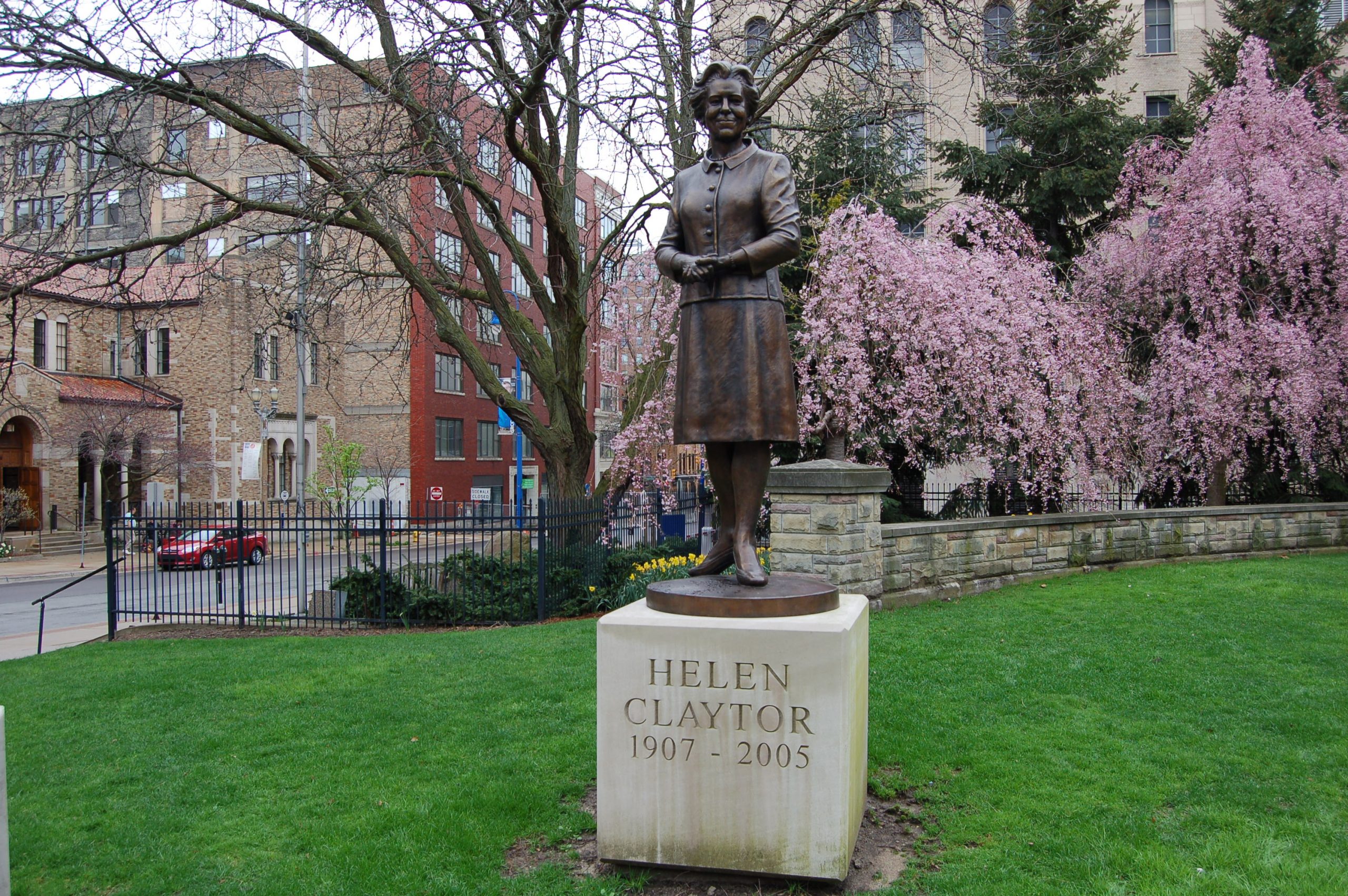
A few years ago we celebrated Women’s History Month by showcasing 12 Amazing Michigan Women You Should Know About, and this year we look to add 10 more names to that list. Throughout our travels we have come across many statues, historical markers, and monuments that tell the story of remarkable Michigan women. Last time we highlighted lighthouse keeper Anna Garrity, state park advocate Genevieve Gillette, pilot Harriet Quimby, astronaut Christina Koch, and more. We now add to that with the group below, which includes vaccine pioneers, another lighthouse keeper, the woman behind a famous festival, and several civic leaders. Here’s our look at 10 more awesome Michigan women you should know about:
Laura Smith Haviland – In downtown Adrian you will find a statue that honors Laura Smith Haviland, who was an abolitionist, suffragist, author, teacher, nurse, reformer, and humnitarian. “Laura Haviland, affectionately known as Aunt Laura, is probably the best-known and most-admired person who ever lived in Lenawee County. The reason for this admiration and acclaim lies in Mrs. Haviland’s life-long devotion to helping others and in the success she so often achieved. Most of Mrs. Haviland’s activities involved helping African-Americans, but she also devoted much of the latter part of her long life to the temperance movement as pushed by the Women’s Christian Temperance Union (the WCTU). No matter what the particular aim of her activity, Mrs. Haviland’s strong religious convictions and great personal courage were always evident and her on no matter what the difficulties and dangers were.”
Margaret Drake Elliott – The sign above can be found in a park along the channel in Muskegon. It was here that we learned about Margaret Drake Elliott, who was a biology teacher that loved birds. “In 1931, she began writing a weekly naturalist column for the Muskegon Chronicle, which she contributed to for more than fifty years. Elliott’s credits include work as a writer, poet, herbalist, biologist, botanist, teacher, lecturer and naturalist, and her awards in these areas are too numerous to list.”
Pearl Kendrick, Grace Eldering, and Loney Clinton Gordon – In downtown Grand Rapids you will find a Community Legends Project sculpture that honors three amazing women. Titled Adulation, this statue depicts researchers Pearl Kendrick and Grace Eldering and research assistant Loney Clinton Gordon, who developed the pertussis vaccine in a public health lab in Grand Rapids in the 1940s. Across from the three women are the figures of two children, who represent the future generation of scientists, admiring the women. Adulation stands in front of the Michigan State University Research Center and is a great tribute to the work of these three women and the saving of countless lives.
Dorothy Zehnder – It was a sad day last July 9 when Frankenmuth lost the legendary matriarch of the Bavarian Inn, Dorothy Zehnder. She and her husband took over the Bavarian Inn in 1950s and grew it into one of the best known restaurants in the entire state. Throughout her 85 years in the industry, Zehnder was a friendly face for all who visited the restaurant, a civic leader, and the author of several cookbooks.
Lida Rogers – Tulip Time in Holland is one of Michigan’s most famous festivals and was recently recognized as one of the top flower festivals in the entire country. The woman credited with getting things started is Lida Rogers, a schoolteacher who wanted to celebrate the Dutch heritage of many in the area while also beautifying the city. From the Tulip Time history page: “The idea of Tulip Time was introduced in 1927 at a Woman’s Literary Club meeting. Miss Lida Rogers, a biology teacher at Holland High School, suggested that Holland adopt the tulip as its flower because of its close ties to the Netherlands, and set aside a day for a festival. She titled her talk that day “Civic Beauty” and spoke at length about the area’s unique sand dunes, its fine trees, safe water supply, pure milk, and ample playgrounds. She advocated planting more trees, and because the Chamber of Commerce was seeking something appropriate, suggested planting tulips in every yard.”
Helen J. Claytor – Claytor was an educator, civil rights activist and the first African American President of the Grand Rapids YWCA and the national YWCA “Born Helen Jackson in Minneapolis, Minnesota, she moved to Grand Rapids in 1943 and married Dr. Robert Claytor, a prominent physician and activist. After serving in various roles at the national YWCA, she became the first African American president of the YWCA chapter in Grand Rapids, then became the first African American president of the national YWCA in 1967. The elimination of racism was a key goal during her tenure. One of her proudest achievements came at the YWCA’s 1970 National Convention in Houston, where the organization adopted the One Imperative: ‘To thrust our collective power towards the elimintaion of racism, wherever it exists and by any means necessary.’ In 1984, Claytor was inducted into the Michigan Women’s Hall of Fame. Coretta Scott King said of Claytor ‘she was an eloquent testament to the great things an individual can accomplish.” She is honored with a statue on the campus of Grand Rapids Community College that is part of the Grand Rapids Community Legends project.
Agatha Biddle – One of the oldest buildings on Mackinac Island (and one of the oldest in the state) is the Biddle House. Outside that house, a Michigan historical marker tells a little about Agatha’s life: “This house, acquired by Agatha and Edward Biddle about 1830, represents Mackinac’s blend of Euro-American and Indigenous cultures. Agatha, an Anishnaabe woman from southern Michigan, married Edward, a trader from Pennsylvania, in 1819. They combined Agatha’s tribal connections with Edward’s business experience to become accomplished merchants in Mackinac´s fishing and fur trading industries. Edward was also a county sheriff. By the 1860s, Agatha was a chief of the Mackinac Band of Odawa and Ojibway. Most of the members of this unique community were women of Anishnaabek and European heritage. The band had numerous female chiefs. Agatha was known for her generosity to friends and strangers, caring for many in this house.”
Elizabeth Whitney (Van Riper) Williams – Born on Mackinac Island, Elizabeth Whitney moved to Beaver Island with her family, then left when things with James Strang got tense on the island, then moved back after Strang was killed by his disgruntled followers. She met her first husband, Clement Van Riper, there and began assisting him with his duties as keeper of the Beaver Island Harbor Light (shown above). She took over keeper duties when her husband was lost while trying to rescue mariners on a sinking ship, and she served there for a few more years. After remarrying, she requested a move back to the mainland and became the first keeper of the Little Traverse Lighthouse, where she served until 1913. She was also an author, publishing her memoir A Child of the Sea and My Life Among Mormons in 1905.
Publisher: Source link
Latest Posts
-
31 July 2025
-
26 July 2025
-
14 July 2025
-
01 July 2025
-
07 August 2025
-
29 July 2025
-
20 February 2025
-
04 February 2025
Newsletter
Sign up for free and be the first to get notified about new posts.
Get The Best Blog Stories into Your icountox!
Sign up for free and be the first to get notified about new posts.

